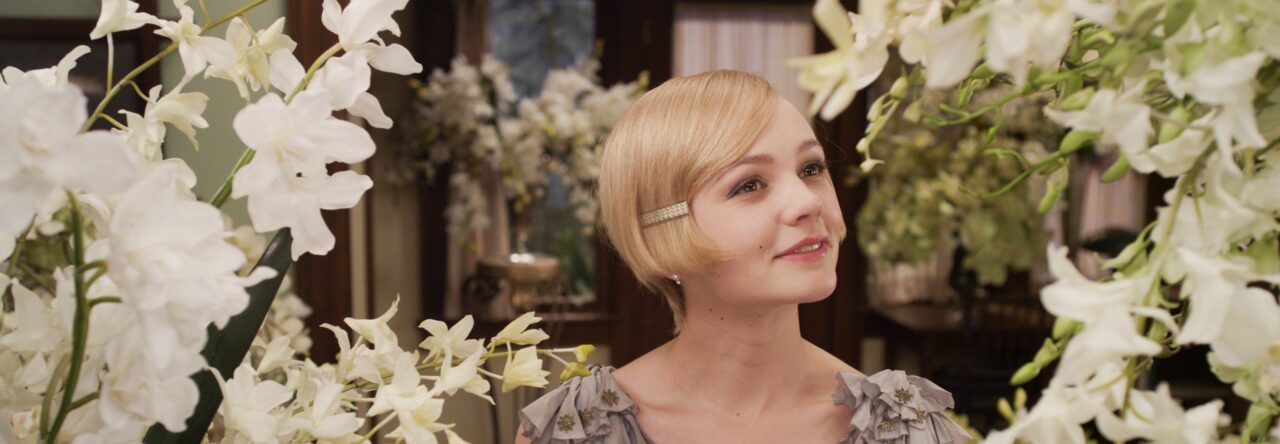F. Scott Fitzgerald’s The Great Gatsby is considered to be one of the greatest works of literature that captures the one of the most riveting, materialistic, and tumultuous eras of America: the Roaring Twenties. He even thought so himself! The 1920s of America had its epic highs and lows that ranged from its wild and extravagant party culture, cultural and social innovations, and the rise and uproar of women’s fight for equality and freedom. However, despite all of these pros, the 1920s was not perfect by any means. In a post on HISTORY titled “8 Ways ‘The Great Gatsby’ Captured the Roaring Twenties — and Its Dark Side,” Sarah Pruitt notes that Fitzgerald had growing concerns over the trajectory of American culture. Was America sacrificing its moral compass to pursue the highs of materialism and consumerism of a flourishing post-war society? Fitzgerald carefully crafted his concerns into a critical commentary that showed the harsh realities that the Roaring Twenties and its insatiable nature managed to hide in its shallow waters.
One of Fitzgerald’s most notable characters in The Great Gatsby is Daisy Buchanan. She is the wife of Tom Buchanan and former lover of Jay Gatsby. She is the driving factor of the central conflict of the story as she is the sole motive for Gatsby’s entire character arc. She does not really exist out of that role—making it easy to subject her to judgement considerably easier than the other characters. This is not necessarily her fault; she lacks a lot of considerable depth (alongside some other characters) which alludes to the idea of the American Dream. Daisy is very alluring, eye-catching, elusive, but ultimately hollow. You begin to see the imperfections only when you are fortunate enough to get close. She’s not a person and not seen as such but rather an ideal—a symbol of Gatsby’s innermost desires and fantasies and a means to fulfill those which he treats her as such. Because this is all she is and is written as so, Daisy has been viewed through a critical lens from readers in the 20th and 21st century. Readers hold her responsible for the tragic nature of the novel even though she never asked to be put in an idolized and responsible position. Who is really at fault? Is anyone at fault? Are the readers right or wrong to place these labels onto Daisy? There is no right or wrong answer; that is the beauty of interpretation of literature. This blog aims to create an inclusive environment for Daisy apologists and critics.
Note: To have some fun now and then, there will be occasional posts about how TGG and pop culture interact!
Bibliography
Pruitt, Sarah. “8 Ways ‘The Great Gatsby’ Captured The Roaring Twenties-and Its Dark Side.” History.Com, A&E Television Networks, 16 Nov. 2018, www.history.com/articles/great-gatsby-roaring-twenties-fitzgerald-dark-side.
